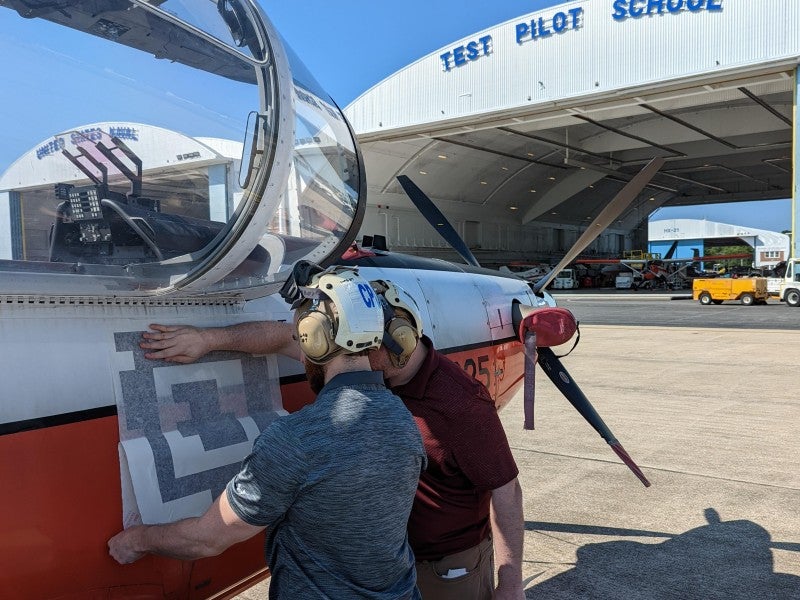
The US Navy has conducted an experiment to assess the possibility of using tagging technology to independently identify and track aircraft on the flight line.
Announced by the Naval Air Systems Command, the experiment was conducted by Naval Air Warfare Center Aircraft Division (NAWCAD).
The tagging technology, commonly referred as QR codes, uses artificial intelligence and machine learning technologies for identification and tracking process of aircraft on flight line.
It is expected to enhance readiness and maintenance turnaround time of an aircraft by disseminating more precise information, in terms of location and status, about the aircraft and associated support equipment.
The tagging technology captures related information using a camera placed at a fixed location and by leveraging software developed by a team from NAWCAD Lakehurst Digital Engineering Division.
As soon as an aircraft taxies through the camera’s field of view, the information is autonomously registered.
During the initial phases, which occurred in a lab setting of this experiment, the associated team conducted a series of tests in a real-world environment to evaluate the tagging solution on T-6 Texan aircraft and T-38 training jets.
The team comprised of members from the US Naval Test Pilot School and NAWCAD Rapid Prototyping, Experimentation and Demonstration.
The latest experiment is designed to act as a representative of various realistic fleet operations. It comes as a follow-on to the previously performed 5G Identification of Support Equipment system experimentation (5GISE) in January last year.
NAWCAD Lakehurst Digital Engineering Division acting chief engineer Kevin Larkins said: “After completing 5GISE, the engineers studied current aircraft tracking method for departures and arrivals and devised a new approach.”
This technology can also be integrated into other aspects of the flight line of the future.



